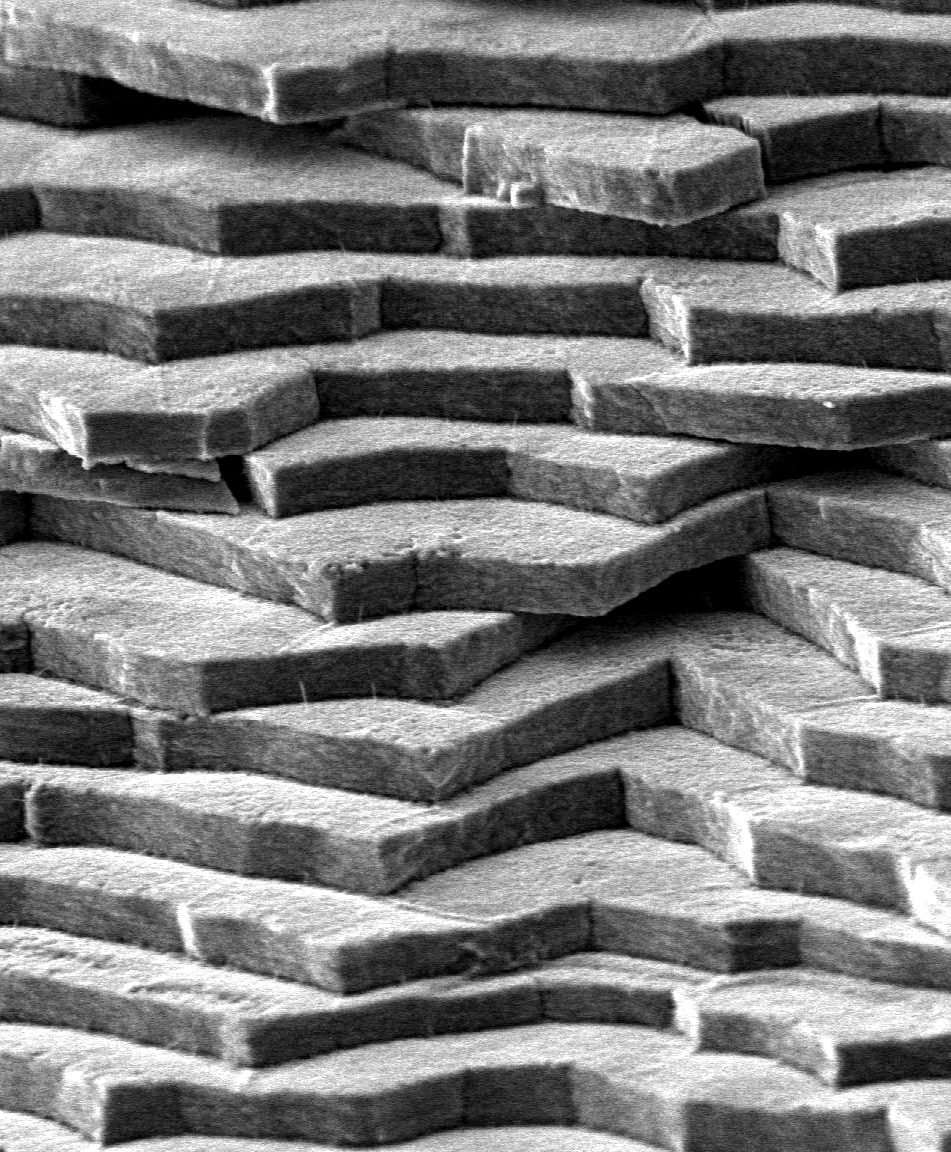Metals mixed for nano-builds

Engineering researchers at the University of Sydney have introduced a novel 2D printing technique using liquid metals, promising to significantly reduce the production costs and enhance the energy efficiency of advanced computing hardware.
The new process, focusing on the nanoscale manufacture of electronics, should help meet the surging global demand for memory devices, which are both energy-intensive to produce and operate.
“Reducing the temperature at which zirconium and hafnium become liquid is crucial to developing lower-cost electrical devices as far less energy is required,” says Dr Mohammad Ghasemian, the study's lead author.
The method, detailed in the journal Small, involves melting an alloy of tin, zirconium, and hafnium at temperatures below 500 degrees – much lower than the individual metals' melting points, which are well above 1800 degrees.
The team's breakthrough lies in their ability to “exfoliate” – or peel off – ultra-thin tin oxide nanosheets doped with hafnium zirconium oxide from a liquid metal alloy.
This alloy, interestingly, forms a thin oxide layer while maintaining a liquid centre, crucial for harvesting the nanosheets.
Dr Ghasemian says that because of tin's abundance and low cost, it is ideal for large-scale semiconductor, transistor, and memory chip production.
However, he pointed out the challenges in obtaining nanosheets through conventional methods, which are both “difficult and costly.”
This new process not only simplifies the production of hafnium zirconium oxide, a known ferroelectric material in nanoscale applications, but also introduces a novel way of manufacturing electronics.
“Think of it like a marble coated in ink,” Dr Ghasemian said.
“The alloy is like a solvent that allows us to remove that ink and then use it for printing.”
It is then a matter of harvesting the "precious crust layer" to produce ultra-thin sheets for electronics manufacturing.
The research does not just stop at the process but extends to the materials' ferroelectric properties, which are crucial for the development of next-generation nanoelectronics.
The introduction of asymmetry into two-dimensional (2D) metal oxides, such as tin oxide doped with hafnium zirconium oxide, enables access to a broader range of ferroelectric materials.
This advancement is particularly significant for the future of random-access memories, offering a new, cost-effective method for producing 2D metal oxides with robust ferroelectric characteristics at low temperatures.







 Print
Print